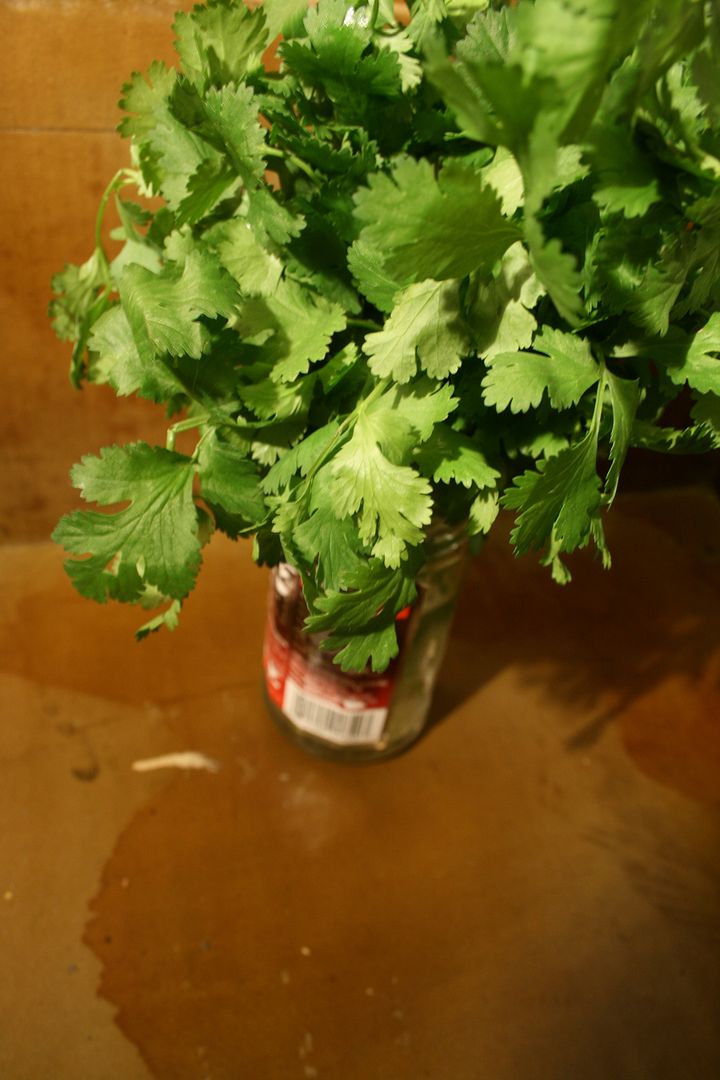My godmother Mary (we called her Meme) lived in Winchester, just north of Boston, and loved plants. I have been inheriting her aloe off-shoots and baby cyclamens for as long as I can remember, but the most recent acquisition this fall was an enormous hibiscus tree her neighbors gave to her and she to me. If it was summer and the giant hibiscus tree was in bloom I could write and tell
you I was making hibiscus cake out of my own hand-harvested hibiscus flowers.
But, it's February and the tree sits dormant in the living room next to the radiator. We wrapped it in twinkly lights for Christmas, the glow of the tiny bulbs on the shiny leaves looking almost like flowers. I look forward to dragging the tree outside come June and seeing if it will bloom. One can dream.
On New Year's Day this year I visited Longwood
Gardens, outside of Philadelphia, PA where I saw an incredible collection of
hibiscus plants. Some of the flowers were as big as dinner plates, with colors
so vibrant they looked like the surreal blossoms of Munchkin land in the Wizard
of Oz. This one I photographed was a perfect example of the magical realism of
hibiscus: the petals flopping out from the central calyx like elephant ears, the colors bleeding into one another like paint. But, it's February and the tree sits dormant in the living room next to the radiator. We wrapped it in twinkly lights for Christmas, the glow of the tiny bulbs on the shiny leaves looking almost like flowers. I look forward to dragging the tree outside come June and seeing if it will bloom. One can dream.













